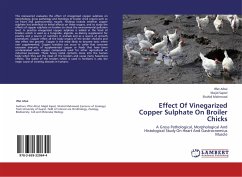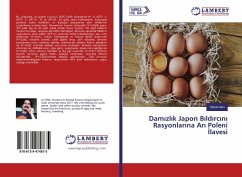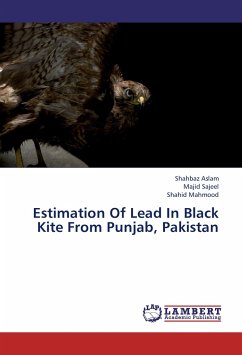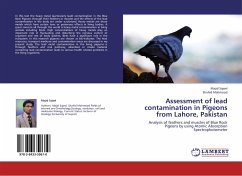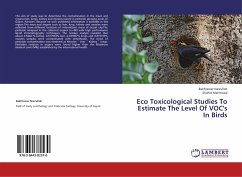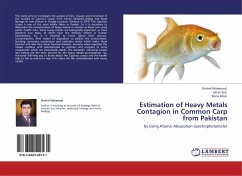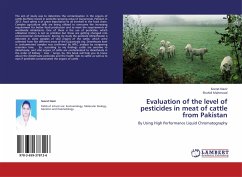This manuscript evaluates the effect of vinegerized copper sulphate on morphology, gross pathology and histology of broiler chick organs such as on heart and gastrocnemius muscle. Findings include whether copper sulphate has beneficial or lethal effects on these organs, and to study the effects of copper sulphate on broilers to check the environmental pollution level. In practice vinegerized copper sulphate is added in the food of broilers which is used as a fungicide, algicide, as dietary supplement for poultry and a source of nutrition in animals and as a source of growth promotant. Copper effect all the body organs of the broiler chickens and also effect the growth. Copper is the most likely to become toxic when over supplemented. Copper toxicities can occur in cattle that consume excessive amounts of supplemented copper or feeds that have been contaminated with copper compounds used for other agricultural or industrial purposes. These heavy metal contents move into the human body when they eat the meat of the broilers and cause many hazardous effects. The waste of the broilers which is used in fertilizers is also the major cause of creating diseases in humans.
Bitte wählen Sie Ihr Anliegen aus.
Rechnungen
Retourenschein anfordern
Bestellstatus
Storno

